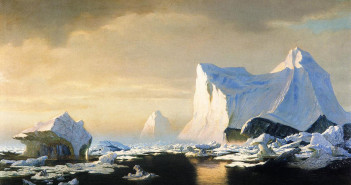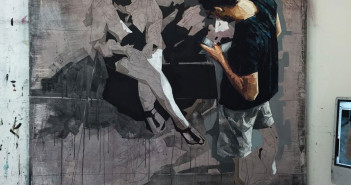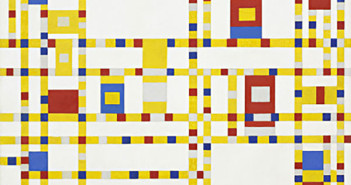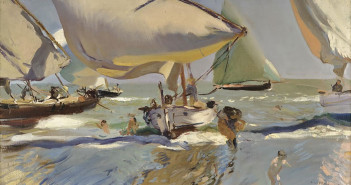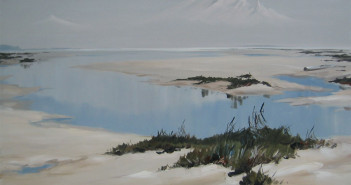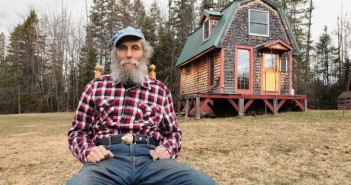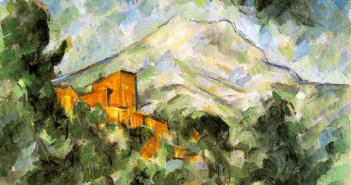
A hunk of lightning
In 1918, photographer’s apprentice Dorothea Lange set out from her home in New York City to travel the world with a friend. In San Francisco she was robbed, forcing her to abandon her plans and work as a photo finisher. Within a year Lange had established her own busy portrait studio in downtown San Francisco — she was twenty-three — but with the onset of the Great Depression, something happened. “The discrepancy between what I was working on in my portrait frames and what was going on in the street was more than I could assimilate,” said Lange. “I set myself a big problem. I would go down there… to see if I could grab a hunk of lightning.”

